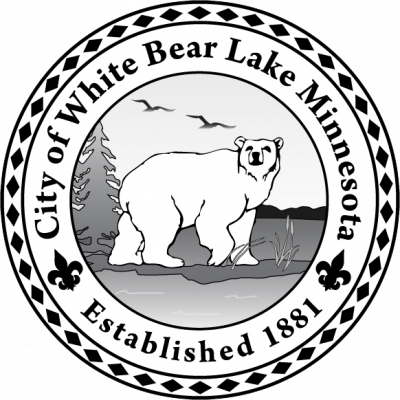- Community
- Services
-
Your Government
-
Column 1
- Agendas and Minutes
- Mayor & City Council
- Boards & Commissions
- City Charter
- City Projects
- City Calendar
Column 2
Column 3
-
Early Settlers
FURTHER HISTORIC DETAILS
Land was available for purchase after the U.S. Government survey was completed in 1847. At this time, the Township (36 square miles) was part of the territory of Wisconsin. The territory of Minnesota was later established in 1849. The first buyers of the land are recorded in Tract Book 66 U.S. Land Office and number over 100. Of these, 45 purchasers used the Military Land Warrants. This was a land bounty for 5 years of army service, first used in 1776 to attract enlistments. The other buyers paid $1.25 per acre. The only acreage officially listed as a homestead (land acquired by claiming and working it) was Bald Eagle Island by David Smith, who canceled on June 9, 1874. By 1860 all Township land had been purchased, with exception of Sections 16 and 36 which were held by the government for school land. These were sold in the 1870’s.
Early Settlers
The southwest corner of the Township was the first used, by John Vadnais and David Garceau, pushing out from Little Canada. Then came the families Bibeau, Tiroux, Morrisette, Auger, Paul, Demaris, and LaBore. The first settler in what is now the City of White Bear Lake was V.B. Barnum, a farmer from Connecticut, who purchased in Section 22 and 23 by Military Land Warrant in 1852 between Goose and White Bear Lake. He owned the first resort hotel.
In 1852, a printer from Maryland named Vance purchased land at the south shore of Bald Eagle Lake. The James R. Clewett family also came in the early 1850s, as did Thomas Milner, a farmer from England, who purchased land south of Bald Eagle Lake. (Note of interest: James Clewett married Rose Anne Perry, daughter of Charles Perry, in the first wedding in St. Paul on April 2, 1839).
Ramsey County was formed October 27, 1849. The first road was petitioned by Richard Freeborn, in June 1857, of the county and extended from Hamms Brewery, to the west of Phalen Lake, to the east of Goose Lake, following the shore of White Bear Lake then to Bald Eagle Lake.
On the same day that Minnesota became a state, May 11, 1858, White Bear Township was officially organized. The laying of the roads was the biggest governmental concern. John Vadnais, G. Mossbrugger, L.R.S. Crum, and T.H. Murray were the overseers of the four road districts. Other personalities were instrumental in the early history and public service. John Aubrey and his wife Laura resided in Cottage Park. Laura Aubrey was the first teacher (unpaid) at the school on Murray Avenue and 3rd Street and was instrumental in starting the Episcopal Church. They donated the land for the Episcopal Cemetery. In the 1860 census, John Aubrey lists himself as a boat builder from England. But after his father’s death (who had shamed the family by an embezzlement charge) he succeeded to a baronetcy and returned to England as Sir Aubrey Paul in 1868.
The James F. Murray family came from Pennsylvania with 3 grown sons. They purchased property along Lake Avenue and the island. James F. was the first Town Board Chairman. Thomas F. was a road overseer, John B. built a grand resort hotel, James C. was the first postmaster in 1858, a school board member in 1859, the first village councilman, and happened to sell land for the first Village Hall in 1881 for $100. James was also a county commissioner and active in G.A.R. The first religious service in the area is said to have been the funeral of Clara Murray, the 4-year-old daughter of James C.
Joseph and Sarah Freeman came to the United States from England in 1853. By 1863 the three sons, Joseph, William and George, came with the then widowed Sara to Birch Lake. Joseph was Town Chairman from 1865 to 1869. William married Hester Anne Chrysler, the first paid teacher in White Bear. He served as town clerk for many years, road supervisor, assessor, justice of the peace, clerk of the school district, and county commissioner. The family built a log cabin of tamarack logs with the dimensions of 11 x 13 x 12 and two windows. This very cabin may now be seen at the Minnesota Historical Society Building. It was donated in 1966 by the descendants.


